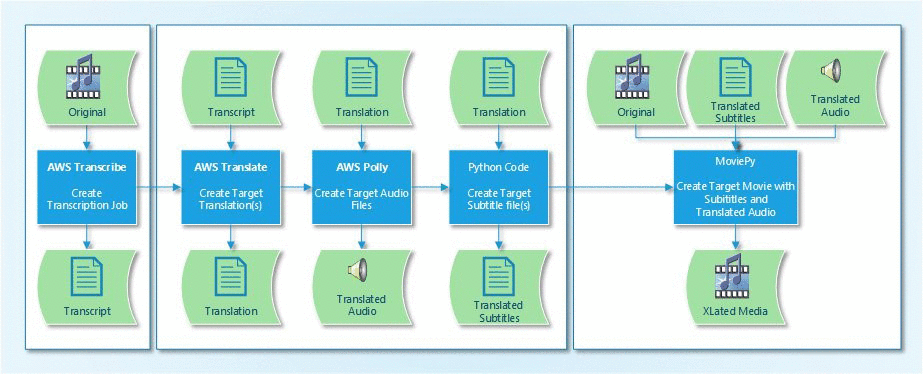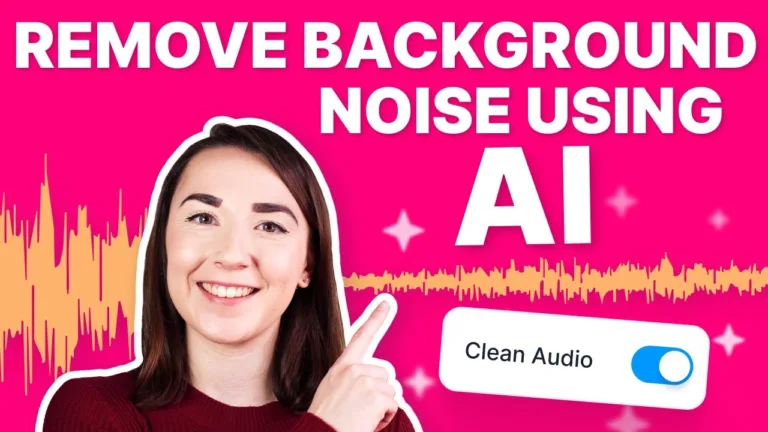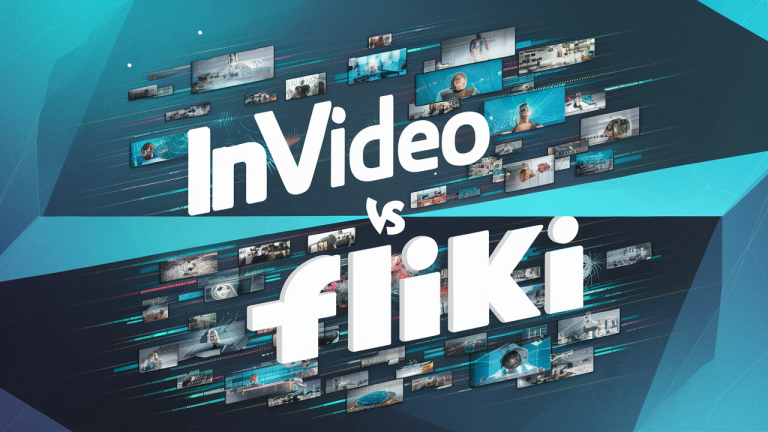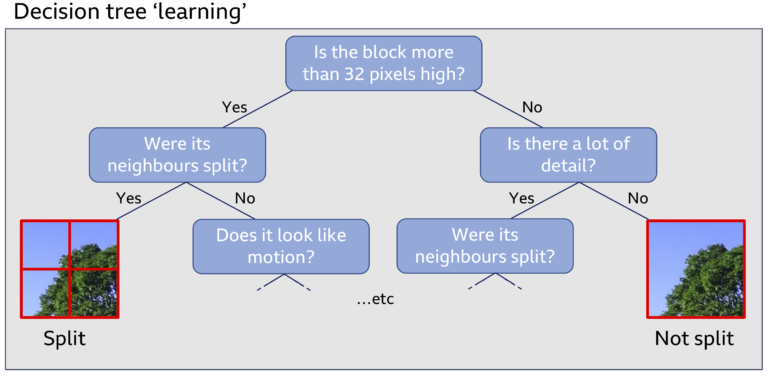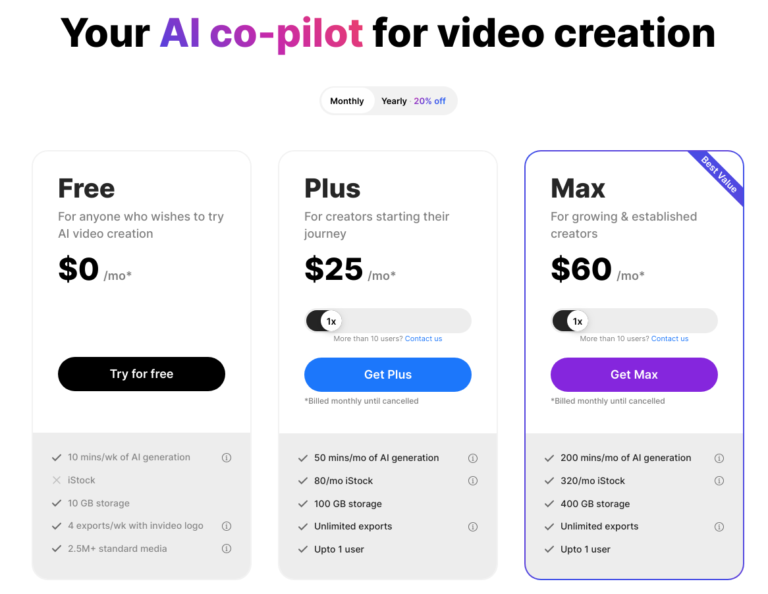How Do AI Video Tools Enable Video Captioning In Multiple Languages?
Have you ever wondered how AI video tools are revolutionizing the world of video captioning? With the advancements in artificial intelligence, it is now possible to generate video captions in multiple languages with just a few clicks. This incredible technology has opened up a world of possibilities, making videos more accessible and inclusive for people around the globe.
Gone are the days of manually transcribing and translating videos. Thanks to AI video tools, the process of video captioning has become faster, more accurate, and incredibly efficient. These tools utilize powerful algorithms to automatically transcribe the audio in a video and then generate captions in multiple languages. This means that a video can be enjoyed by audiences who speak different languages, breaking down language barriers and reaching a wider audience.
The beauty of AI video tools lies in their ability to understand and interpret spoken language, making them capable of accurately capturing the essence of the audio in a video. Whether it’s a captivating speech, an informative tutorial, or a heartwarming story, these tools can capture the words and emotions expressed in the video and transform them into written captions that can be easily understood by viewers in their native languages.
In addition to improving accessibility, AI video tools also have significant implications for search engine optimization. By providing captions in multiple languages, videos can rank higher in search engine results, reaching an even larger audience. This not only benefits content creators and businesses looking to expand their reach but also enhances the overall user experience by ensuring that relevant and engaging videos are easily discoverable.
In conclusion, AI video tools have revolutionized the process of video captioning by enabling the generation of captions in multiple languages. These tools not only make videos more accessible and inclusive but also have a positive impact on search engine optimization. As technology continues to advance, we can expect even more innovative solutions that will further enhance the way we create, share, and consume video content.

How AI Video Tools Enable Video Captioning in Multiple Languages
Video captioning is an essential element in making videos accessible to a wider audience. It allows individuals with hearing impairments or those who speak different languages to fully understand the content. While captioning videos manually can be a time-consuming and costly process, advancements in artificial intelligence (AI) have revolutionized the way video captioning is done. AI video tools now enable video captioning in multiple languages efficiently and accurately.
The Power of AI in Video Captioning
AI technology has transformed various industries, and video captioning is no exception. With AI, video captioning can be automated and streamlined, saving time and resources. AI algorithms are trained to recognize and transcribe speech in videos, enabling the generation of accurate captions. These algorithms can also be programmed to translate captions into different languages, making videos accessible to a global audience.
AI video tools leverage machine learning and natural language processing to analyze audiovisual content and convert it into text. The tools can recognize speech patterns, accents, and even background noise to produce highly accurate captions. This level of precision enables video creators to reach a broader audience and ensures that their content is accessible to individuals from different linguistic backgrounds.
Benefits of AI Video Tools for Video Captioning
1. Time and Cost Efficiency: AI video tools automate the captioning process, eliminating the need for manual transcription. This saves time and reduces costs associated with hiring professional transcribers. Video creators can allocate their resources to other aspects of content creation.
2. Accuracy and Quality: AI algorithms are continuously improving and becoming more accurate in transcribing speech. This ensures that the captions generated are of high quality and reflect the audio content of the video accurately. Users can rely on AI video tools to provide precise and reliable captions.
3. Multilingual Support: One of the significant advantages of AI video tools is their ability to provide video captioning in multiple languages. By integrating translation capabilities into the AI algorithms, creators can easily reach a global audience without the need for manual translation.
4. Accessibility Compliance: Captioning videos is not only beneficial for reaching a wider audience but also necessary for compliance with accessibility standards. AI video tools make it easier for video creators to meet accessibility requirements and ensure that their content is inclusive for all viewers.
AI Video Tools vs. Manual Captioning
While manual captioning has been the traditional method, AI video tools offer several advantages over this approach. Manual captioning requires human transcriptionists to transcribe and translate the audio content, which can be time-consuming and prone to errors. On the other hand, AI video tools can process videos in real-time and generate captions with higher accuracy. The automated nature of AI video tools also makes them more cost-effective, as they eliminate the need for extensive manual labor.
Additionally, AI video tools can handle large volumes of content efficiently, making them ideal for organizations or individuals with a high volume of videos. The scalability of AI video tools allows for quick and accurate captioning, even when dealing with multiple videos in various languages.
Despite the advantages of AI video tools, there are cases where manual captioning may still be necessary. For example, videos with complex technical terminology or specialized jargon may require the expertise of a human transcriptionist to ensure accurate captions. However, for most standard videos, AI video tools provide a reliable and efficient solution for video captioning in multiple languages.
Key Takeaways: How do AI video tools enable video captioning in multiple languages?
- AI video tools use advanced algorithms to automatically transcribe and translate video content into multiple languages.
- These tools can accurately capture speech and convert it into written captions in real-time.
- AI video tools can detect and distinguish between different languages spoken in a video, allowing for accurate language-specific captioning.
- By using AI, video captioning in multiple languages becomes faster and more efficient, saving time and resources.
- With AI video tools, businesses and content creators can easily reach a global audience by providing captions in their viewers’ preferred languages.
Frequently Asked Questions
How do AI video tools enable video captioning in multiple languages?
AI video tools facilitate the process of video captioning in multiple languages through the use of advanced technologies and algorithms. These tools employ artificial intelligence and machine learning techniques to automatically transcribe the audio content of a video and generate captions. Here’s how they enable video captioning in multiple languages:
1. Language Detection: AI video tools are equipped with language detection capabilities that can identify the language being spoken in the video. This helps the tool determine the appropriate language for the captions.
2. Translation: Once the language of the video is detected, AI video tools utilize machine translation algorithms to translate the transcribed text into the desired language. These algorithms are trained on vast amounts of multilingual data to ensure accurate and contextually relevant translations.
What are the benefits of using AI video tools for video captioning in multiple languages?
Using AI video tools for video captioning in multiple languages offers several benefits:
1. Time-saving: AI video tools can automatically generate captions in multiple languages without the need for manual transcription and translation. This saves a significant amount of time and effort compared to traditional methods.
2. Accuracy: AI video tools leverage advanced algorithms to transcribe and translate the audio content of videos. This results in highly accurate captions that capture the spoken words with precision, ensuring a better viewing experience for audiences.
3. Cost-effective: By automating the captioning process, AI video tools eliminate the need to hire professional translators or transcriptionists, reducing the overall cost of producing multilingual captions.
4. Accessibility: Video captions make content accessible to individuals with hearing impairments or those who prefer to watch videos with captions. AI video tools enable the creation of captions in multiple languages, making videos accessible to a wider audience.
How accurate are the translations provided by AI video tools?
The accuracy of translations provided by AI video tools can vary depending on various factors such as the quality of the input audio, the complexity of the language, and the training data used by the tool. While AI video tools have made significant advancements in language translation, they may still encounter challenges in accurately capturing nuances and idiomatic expressions.
However, the accuracy of translations continues to improve as AI systems are trained on larger and more diverse datasets. It is important to note that AI video tools should be used as a supportive tool, and human review and editing may be necessary to ensure the highest level of accuracy in the translated captions.
Can AI video tools handle different accents and dialects?
AI video tools are designed to handle a wide range of accents and dialects. They are trained on diverse datasets that include various accents and dialects to ensure accurate transcription and translation. However, it is possible that certain accents or dialects may pose challenges for AI systems, especially if they deviate significantly from the training data.
In such cases, it may be necessary to provide additional training data specific to the desired accents or dialects to enhance the accuracy of the AI video tool. Human review and editing can also help ensure the correct interpretation of accents and dialects in the generated captions.
Are AI video tools capable of real-time video captioning in multiple languages?
Yes, AI video tools have the capability to perform real-time video captioning in multiple languages. These tools utilize powerful processors and algorithms that can process and analyze audio content in real-time, enabling the generation of captions as the video is being played.
Real-time video captioning is particularly useful for live events, webinars, or broadcasts where immediate captioning is required. AI video tools can transcribe and translate the audio in real-time, allowing viewers to read the captions while watching the video simultaneously.
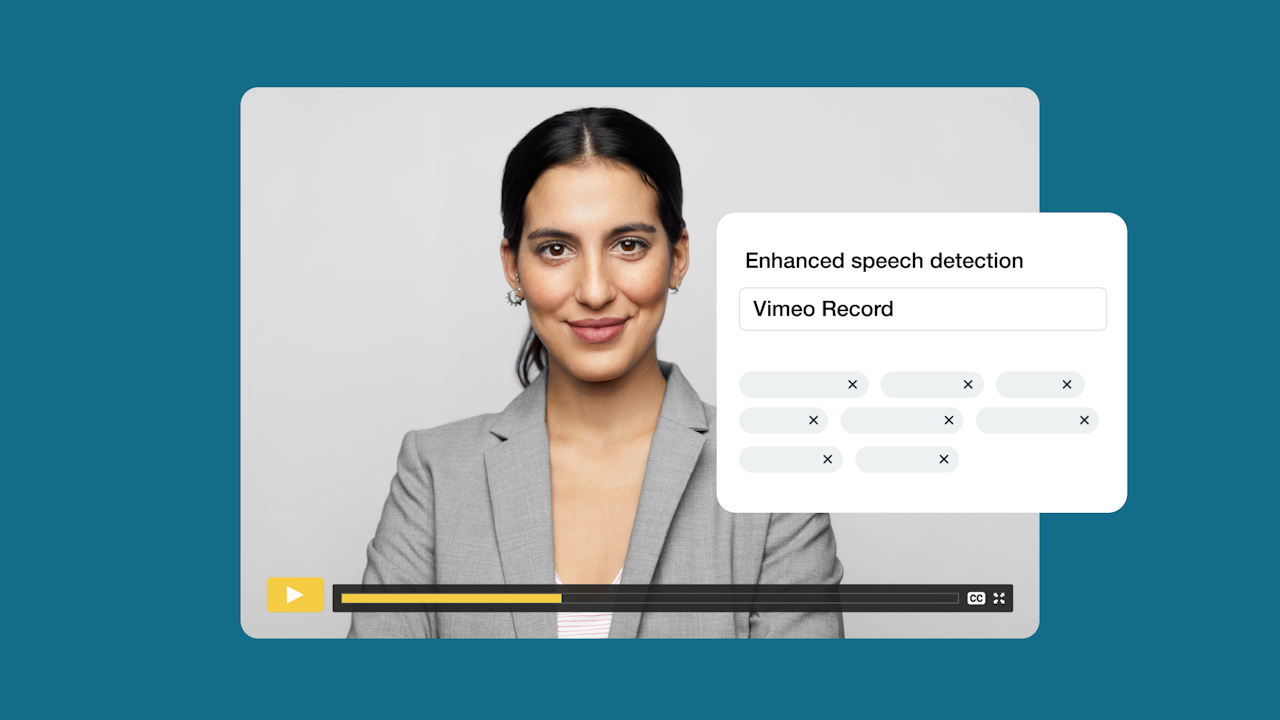
Final Summary: Unlocking Multilingual Video Captioning with AI
As we come to the end of our exploration into how AI video tools enable video captioning in multiple languages, it’s evident that these technological advancements have revolutionized the accessibility and reach of video content. With the power of AI, creators and businesses can now effortlessly break down language barriers and connect with audiences worldwide.
By leveraging AI algorithms, these tools are able to automatically transcribe spoken words and convert them into accurate captions in various languages. This not only enhances the viewing experience for individuals with hearing impairments but also caters to a global audience, enabling seamless understanding and engagement across borders. Moreover, AI video tools offer time-saving benefits by automating the captioning process, making it more efficient and cost-effective.
The integration of AI video tools into our multimedia landscape is a game-changer. It opens up new possibilities for content creators, marketers, and educators to expand their reach and impact. With the ability to generate accurate and multilingual captions, videos can now be understood and appreciated by individuals from diverse linguistic backgrounds. As the demand for accessible and inclusive content continues to grow, AI video tools will undoubtedly play a vital role in shaping the future of video captioning and language localization.
In conclusion, AI video tools have become powerful allies in the pursuit of fostering global communication and understanding. Their ability to enable video captioning in multiple languages not only breaks down language barriers but also creates opportunities for cross-cultural connection and collaboration. As technology continues to advance, we can expect AI video tools to become even more sophisticated, providing creators and businesses with innovative solutions to cater to a diverse and global audience. So, embrace the power of AI and unlock the full potential of your video content.
